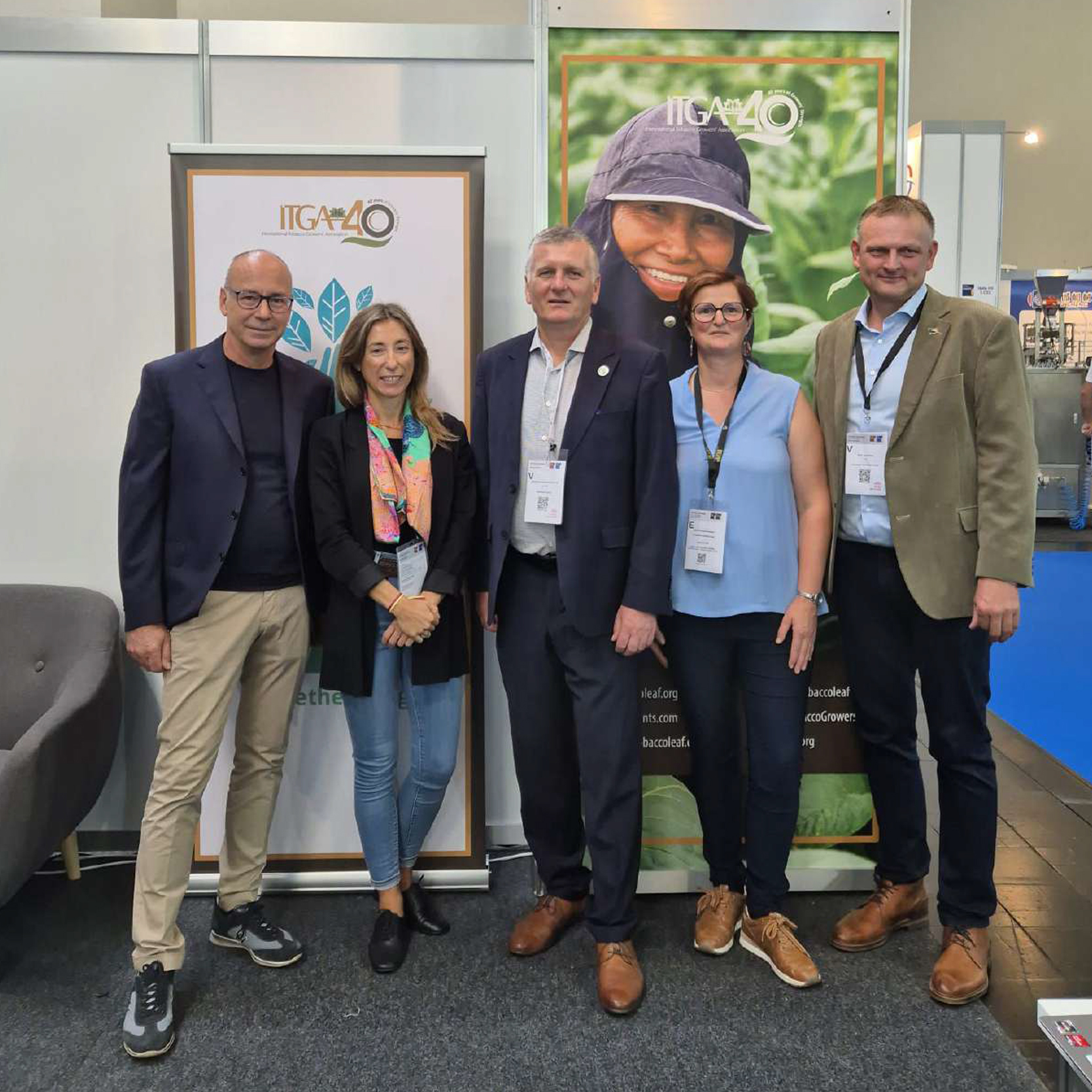


Tobacco Growers Association of North Carolina
read more
Website
read more
Website
read more
Website
read more
Residence Inn by Marriott - Raleigh, North Carolina - Cardinal Room
Registration Available from 6.30PM to 10PM
Residence Inn by Marriott - Raleigh, North Carolina - Cardinal Room
Residence Inn by Marriott - Raleigh, North Carolina - Lounge Area
08:00 Board Bus for Universal Leaf Factory, Nashcille, NC
09:00 Arrive Universal Leaf - Observe Receiving of Tobacco
09:30 Tour Processing Factory
10:30 Depart for Wilson, NC
11:15 Visit Live Auction
11:45 Depart for Wilson Country Agricultural Extension Center
12:00 - 13:00 LUNCH
13:00 ITGA Issues Day - Public Session - Cardinal Room
17:30 Ad journ General Session and Depart for Dinner
17:45 Parkers BBQ Restaurant
19:00 Depart for Raleigh
19:45 Arrive Hotel Facilities
Residence Inn by Marriott - Raleigh, North Carolina - Capital Room
Only ITGA Member Associations
Residence Inn by Marriott - Raleigh, North Carolina - Capital Room
14:30 Board Bus for Tour of NC Research Farm, Oxford, NC
15:30 Arrive Research Farm
Welcome and Overview, Dr. Loren Fisher, NC State Director of Tobacco
Field Tours and Dicussions
18:00 Depart for Raleigh
19:00 Arrive at Hotel Facilities
09:00 Board Bur for NC Agricultural State Fair
09:30 Various shceduled events throughout the day

ITGA President
read more
International Tobacco Growers Association
read more
TGANC Executive Vice President
read more
Tobacco Growers Association of North Carolina
read more
Tobacco Association of Zambia
read more
TAZ President
read more

ITGA Chief Executive Officer
read more
Euromonitor Global Lead Nicotine & Cannabis
read more
Euromonitr International
read more
Afubra President
read more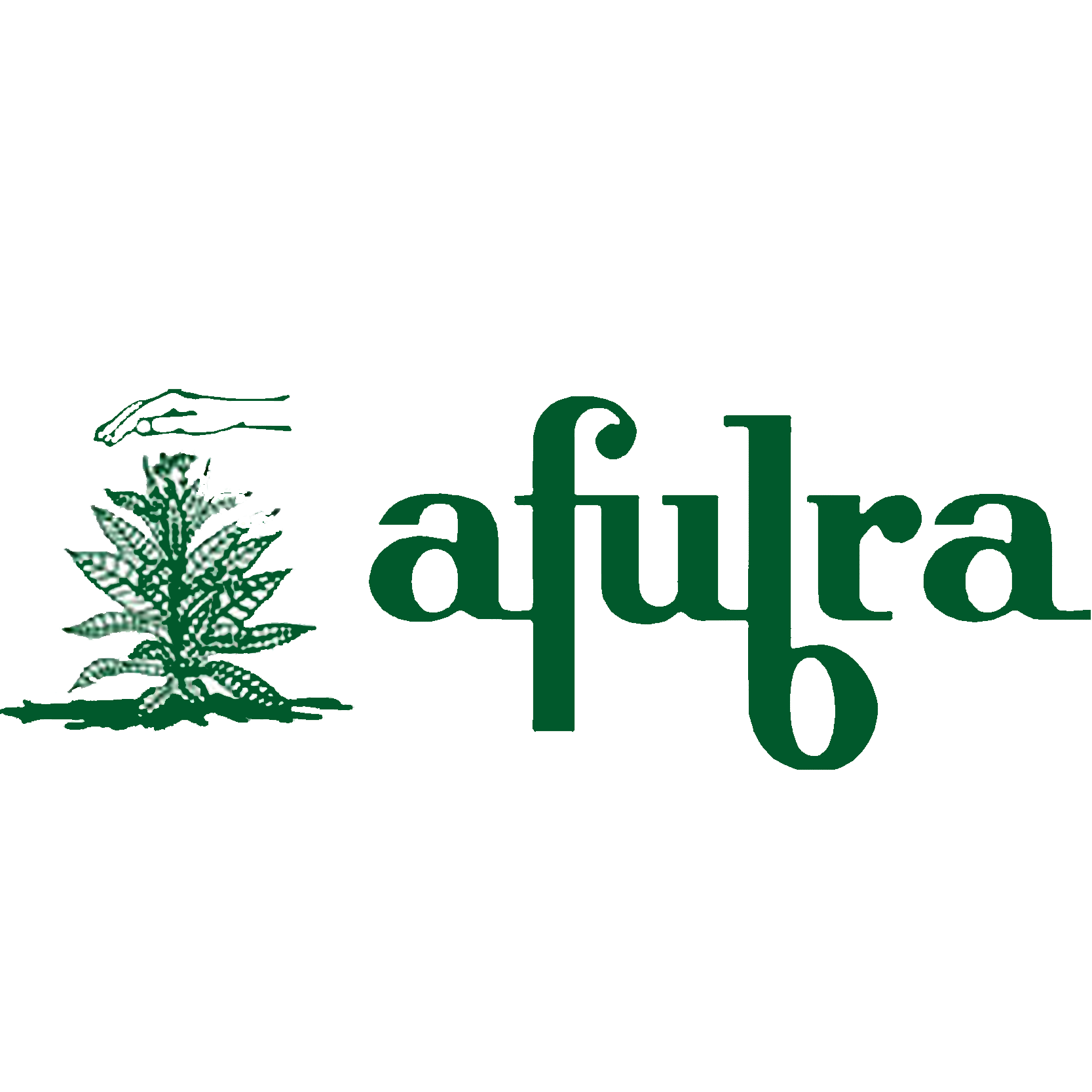
Afubra
read more

ITGA Manager Tobacco Industry Analysis
read more
Burley Stabilization Corporation
read more
BSC Chief Executive Officer
read more
TCJE General Manager
read more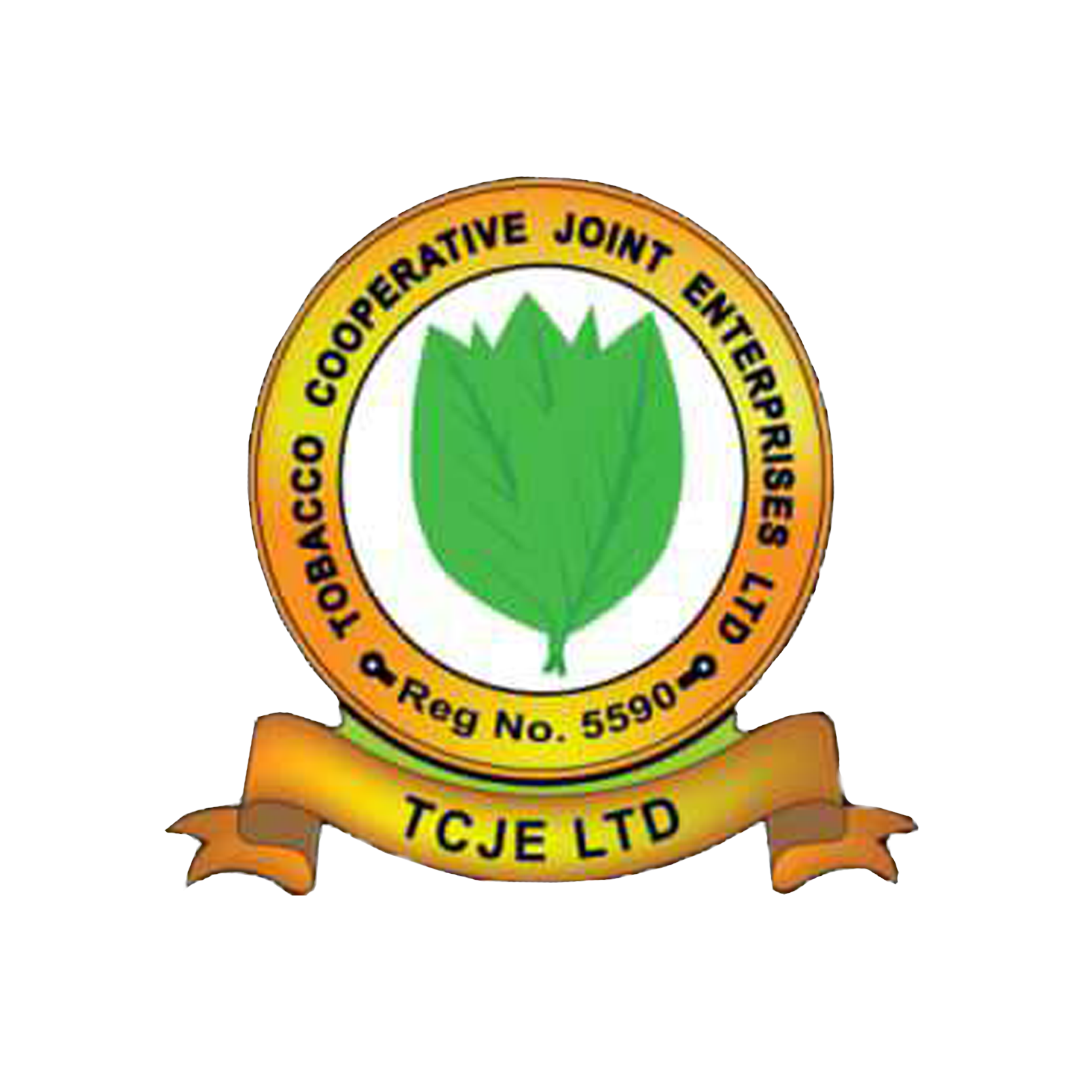
Tobacco Cooperative Joint Enterprise
read more
TAMA CEO
read more
TAMA Farmers Trust
read more
Zimbabwe Tobacco Association
read more
ZTA President
read more
Agricultual Research And Extention Trust
read more
ARET Chief Executive Officer
read more
TGANC Vice Presidente
read more

Agricultural Economist, University of Kentucky
read more


Dark Tobacco Association (US)
read more
read more

Vice President, External Affairs at Universal Leaf
read more
International Corporate Affairs Director & Managing Director, AOI
read more
read more

General Secretary of the Federation of all India Farmers
read more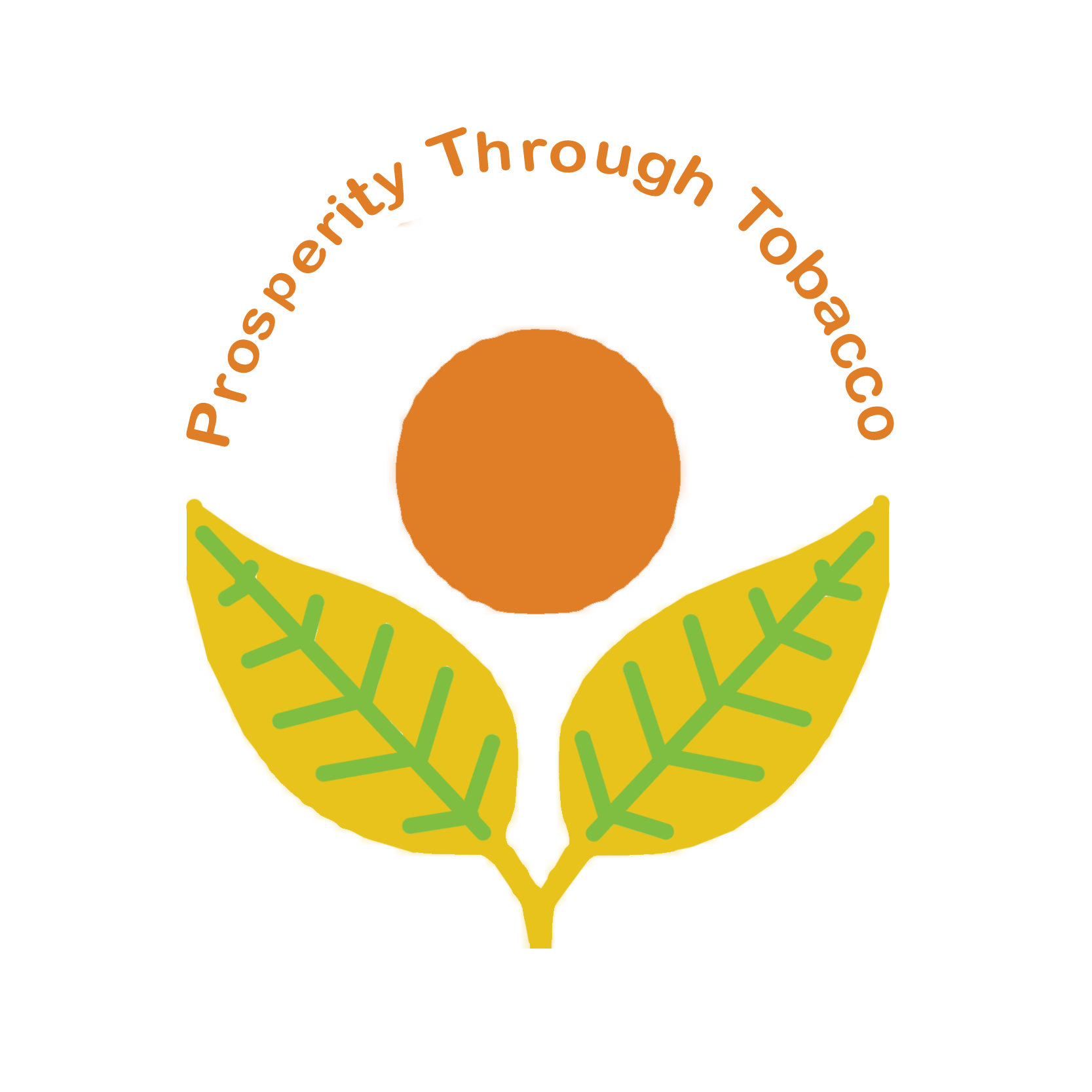
Tobacco Institute of India
read more
Cooperativa de Productores Tabacaleros de Salta
read more

Cámara Del Tabaco De Salta
read more


Cooperatia Agroindustrial de Misiones Limitada
read more

Cigarro Dominicano
read more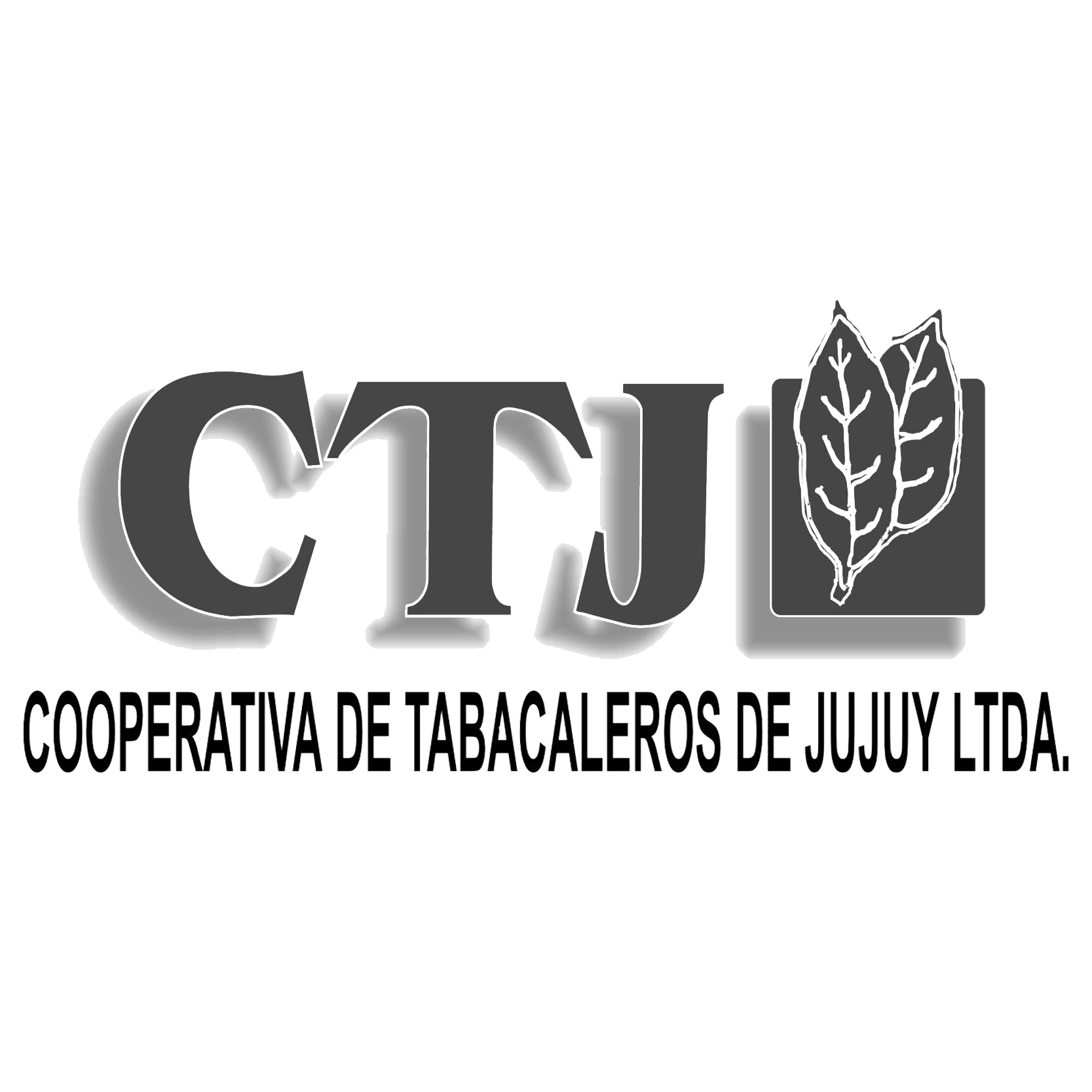
Cooperativa de Tabacaleros de Jujuy
read more

ECLT Foundation
read more


UNITAB
read more

INTABACO
read moreMembers of the media are welcome to attend ITGA 2024 Annual General Meeting. For media accreditation and inquiries, please get in touch.
While leaf prices are often at the centre of attention for tobacco growers and, in fact, for all other key players in the supply chain, there is another major component that is driving viability – tobacco yields. In 2024, ITGA goes on a journey around the world to examine the driving forces behind tobacco yield variations. We take an in-depth look into yield related issues across the leading tobacco producing countries and understand better the differences between small scale and large scale growers’ challenges.
Our research shows the last decade of yield trends and reveals how countries are clustered – with the US, Brazil and the EU on top, while the rest are lagging behind. Nevertheless, one cannot escape the most obvious observation – that yield progression is rather flat across the board, which goes against prevailing dynamics in many other crops. Over time, corn, soybean and cotton have seen a significant growth in yields, thus contributing to improved prospects of the respective farming communities. Alternatively, while tobacco is often the most profitable crop in comparison to other viable options, its yields have largely stagnated.
The issues impacting yield dynamics for small scale farmers are numerous. For example, lack of infrastructure – drying or curing capabilities, water deficit due to inefficient supply, low availability of leaf varieties that could help better performance, land ownership and lease issues leading to inadequate land preparations. Other problems include “stretching” of inputs to cover bigger areas in an attempt to guarantee higher production volumes, that often results in yield reduction. Technological advancements are often beyond reach for small scale farmers. There is also difficulty in adopting new practices without adequate training and assistance.
Globally, the highest average yields are often achieved by commercial growers. Farmers in the US are good example of this trend. Nevertheless, changes in management practices over the last years have not helped the pursuit of higher yields. While in the past, when US tobacco was under a federal program that limited the amount growers could sell, there were much more smaller farms. Under the more intensive management, those crops were usually placed on some of the best soils. Now that we have fewer and much bigger farms, the crop does not always benefit from such pre-conditions.
Weather changes are among the most frequently cited reasons for yield related issues. US growers mention that tobacco favours dried conditions. Excessive moisture in the tobacco plant’s roots can quickly result in extensive root hair loss and dramatically reduce the chances of reaching full yield potential. In the US, more intensive storms in the last decade have played their role. As recently as early 2024, growers in Brazil suffered from unprecedented floods affecting hundreds of thousands of people, while in Zimbabwe there was a prolonged drought leading to the declaration of a state of disaster.
There is also the issue of labour shortage – in developing and developed countries alike, where workers are just not interested in agriculture and find other ways to make a living. Being a labour-intensive crop, this particular issue often directly impacts quality and expected yield levels.
University studies focused on optimal conditions, productive, well-drained, fertile and uniform soils show that maximum potential could exceed 3,500 kg per hectare. However, even these variety trials can be negatively influenced by weather and pest extremes. Notably, sometimes increasing production costs in an attempt to achieve maximum yields can be disadvantageous as stagnant prices reduce profitability. As a result, growers often alter management decisions in attempt to preserve profitability, that might in turn lead to reduced yields.
Variety availability is also an important yield determinant. In other crops, certain varieties are only available to producers for a few years, and then cycled out as new and improved versions are introduced. Tobacco varieties tend to be available and used for commercial production for many years. This could be beneficial in terms of taking advantage of producing consistent crops year after year, but their potential might be limited in the long term.
Other factors like regulation are also important. We must not forget that tobacco is among the most tightly regulated sectors with a trend that suggests higher level of restrictions in the future. Take as an example North Macedonia. Once the country enters the European Union, the current system of subsidizing farmers based on the amount of tobacco produced will have to be terminated, which will contribute to a serious decrease in attractiveness.
For growers to remain competitive, they will have to continuously adapt and increase efficiencies. Sometimes growing fewer hectares could allow for better management and better soil selection. However, it is difficult for many experienced tobacco growers to grow less in years where the market is demanding more, which is the case now. Tobacco growers must have adaptation and mitigation strategies to maintain their profitability and enhance productivity. This includes integration of irrigation systems, genetic improvement programs and other strategies. Financial assistance and trainings are also essential.
What seems to be vital in this case, as well as in many other challenges in tobacco, is cooperation. We need to engage all relevant parties and learn from each other’s experiences in order to tackle issues related to improving yields. Only then we could see them on a trajectory that is similar to other crops.
Click on the image above to see more!
1. Tobacco Products Consumption Trends:
How are traditional and new generation tobacco products performing around the world?
3. Tobacco Productivity:
What are the Key Factors Affecting Tobacco Yields?
2. Tobacco Leaf Market in 2024:
What is the Market Dynamic in the Leading Tobacco Producing Countries?
4. Focus on US Tobacco:
How are Local Growers Preparing for the Future?

read more

read more

read more

read more


























